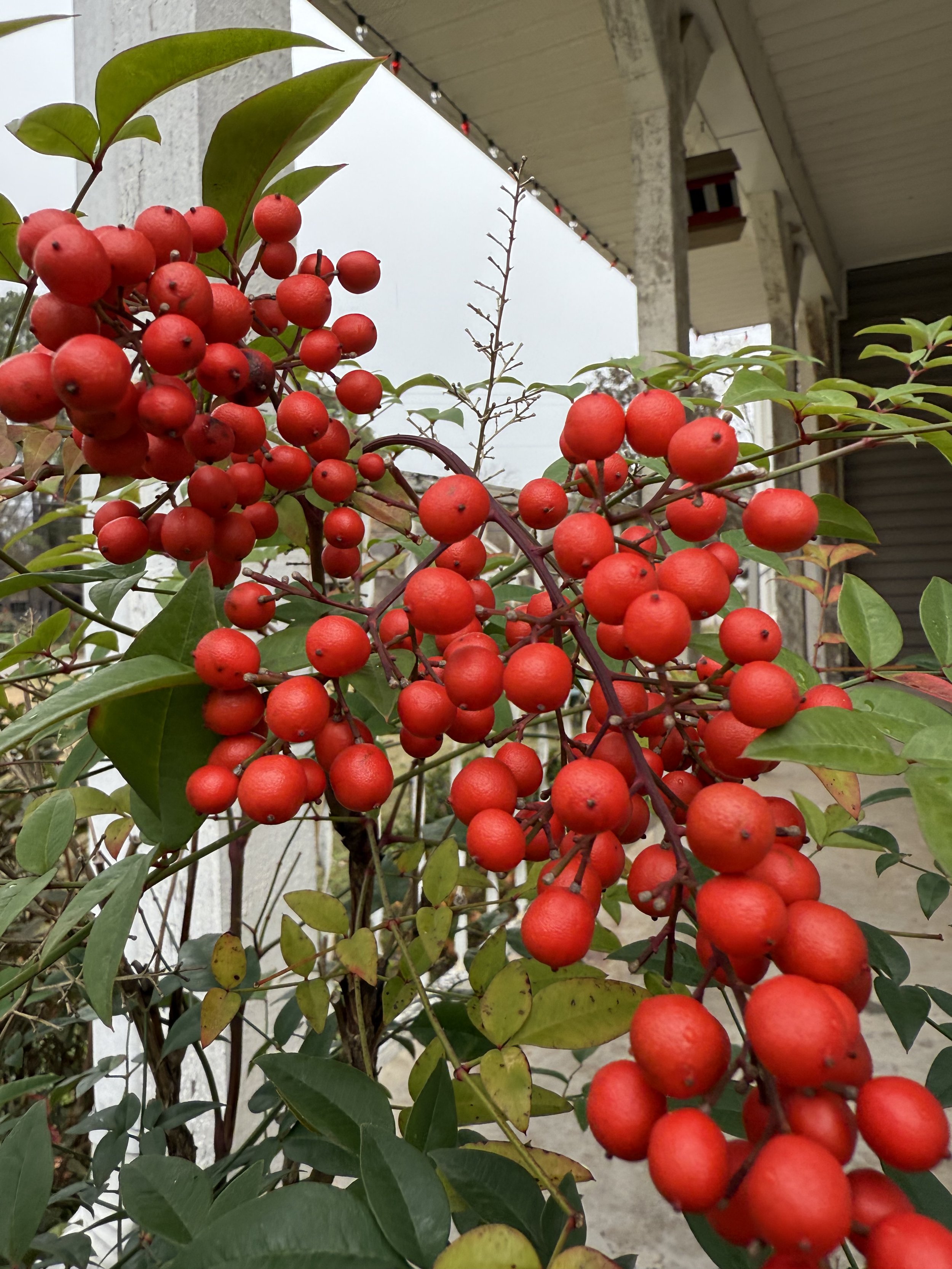Embracing Winter in Sustainable Landscape Design
Winter may seem like the offseason for gardening, but it’s actually a critical time to prepare your landscape for the coming spring. With sustainable practices, you can maintain biodiversity, reduce environmental impact, and ensure your outdoor space continues to thrive year-round. Let’s explore how to embrace the beauty and opportunity winter provides for your landscape.
Winter Preparation for a Thriving Spring
Mulch with Fall Leaves
Use the fallen leaves from autumn to create natural mulch. Spread them over garden beds to protect roots, retain soil moisture, and provide nutrients as they decompose.Pruning for Renewal
Winter is an ideal time for pruning dormant trees and shrubs. Proper pruning shapes plants, prevents disease, and promotes healthy growth in spring.Plan and Design
Use the slower winter months to reimagine your landscape design. Consider adding native plants or reducing lawn space to create a more sustainable and biodiverse yard.Winter Wildlife Support
Provide food and shelter for birds and other wildlife. Leave seed heads on perennials like coneflowers and add bird feeders or water sources to support biodiversity during the colder months.
Winter Interest in the Landscape
Even in the colder months, your yard can be full of visual interest and beauty:
Evergreens and Berries: Add plants like hollies or viburnums that showcase vibrant berries against snowy backdrops.
Ornamental Grasses: Leave grasses standing through the winter for movement and texture.
Frost and Snow Accents: Celebrate the way snow and frost highlight the textures of bark, branches, and garden structures.
Winter is the Perfect Time to Compost
Don’t let the cold stop your composting routine! Continue adding fruit and vegetable scraps, shredded paper, and dried leaves to your compost pile. If your pile freezes, decomposition will pick up again in the spring.
Call to Action
This winter, let’s embrace the beauty and potential of the season in our landscapes. Whether you’re mulching, designing, or simply enjoying the natural world around you, every step brings us closer to a sustainable future.
Need help planning your sustainable landscape for the new year? Contact me at Restoring Roots to get started with a design tailored to your space.



